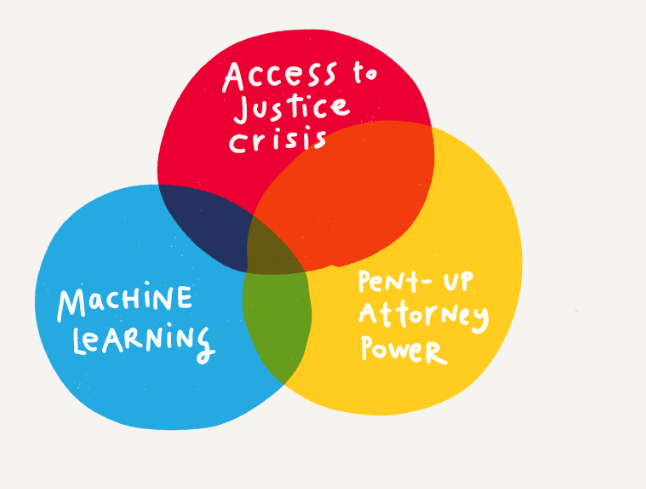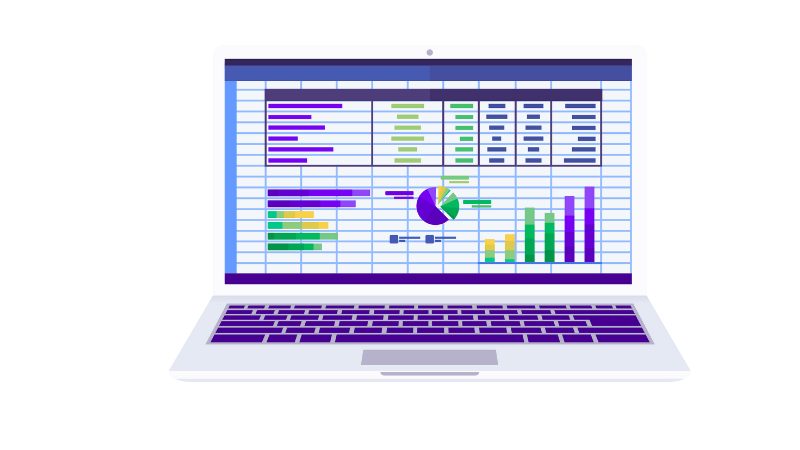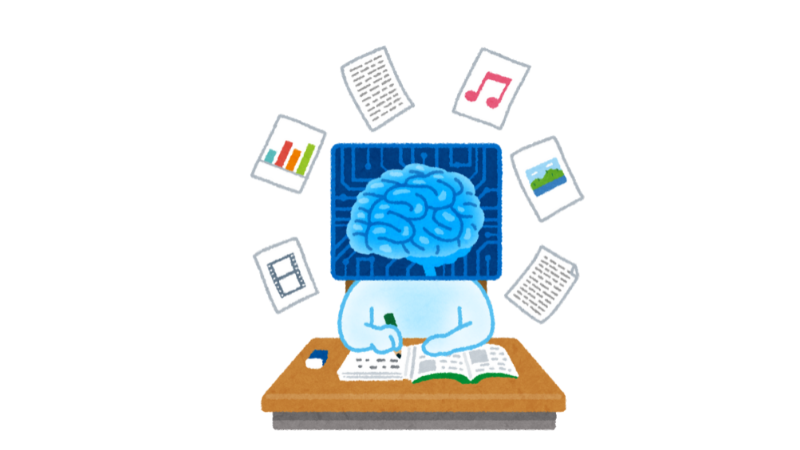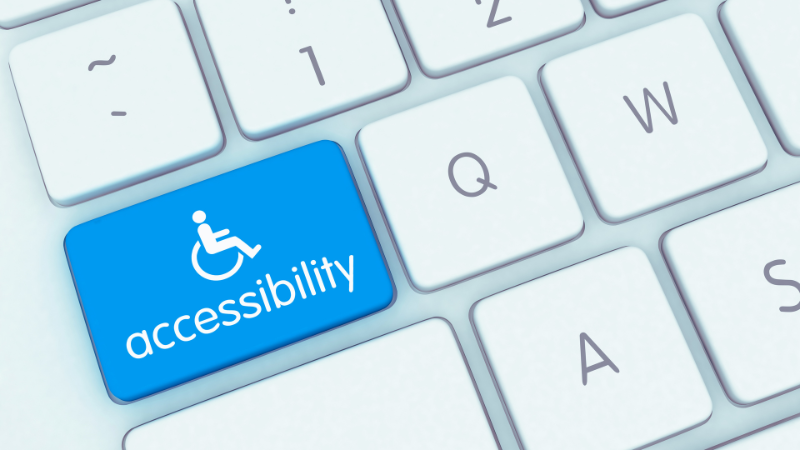David Colarusso - Clinical Fellow and Director of the Legal Innovation & Technology Lab, Suffolk University Law School
Margaret Hagan - Director of the Legal Design Lab at Stanford Law School
Jack Haycock - Client Focused Technology Innovator, Pine Tree Legal Assistance
Alice Morey - Managing Attorney, City Bar Justice Center
Glenn Rawdon - Senior Program Counsel for Technology, Legal Services Corporation
Christopher Schwartz - Deputy Director, Legal Hotline, City Bar Justice Center
Updates on the State Justice Portal Initiative
How an Online Game can effect Machine Learning (?)
- All Models outputs should start, not end a discussion
- Always ask “compared to what?”
Models need to be taken with a grain of salt, and are good tools but not precise measurements.

If lots of people are showing up to access the website, can we use machine learning to train a model to classify the different issues we keep have showing up in people’s stories. To train these models we need well educated lawyers etc to look at these stories and classify them. Hundreds or thousands of these cases need to be reviewed and inputed.

Right now with the data we have we can spot child issues etc from case studies. If you can flip a coin and do better than a model it isn’t a good model, but every situation is very specific and can vary.
Not enough people are accessing proper legal resources, so how can we get people from Reddit or Ask Legal etc and get them to a resource? LearnedHands is attempting to solve this issue.
We allow people to login, see a bunch of posts and “label” them if they fit into certain categories. So you “vote” if an issue does or not exist and then you keep seeing questions.
After you have “voted” a certain number of times you are given a quality score which people can see, and you can raise or lower depending on how well you do. High quality answers give you points, low quality ones take them away. We tried to make this as fun and interactive as possible.
Legal Navigator Project

Connecting people to local, legal and human resources, using AI and machine learning principles that will learn, and dynamically evolve over time, to meet the needs of the people we serve.
We have been doing a mobile design that will work well across platforms. The program is cloud based and designed for other jurisdictions etc can come in and use it. The experience should be curated, and user friendly. The idea is not just to give people a bunch of results but to build and refine checklists for people that will help them work through their specific legal issue.
This is integrated with other web providers.
As a case study if somebody wants to take a photo and be able upload it, this is a feature that needs to be realized.
How to add interactive elements to your website without knowing how to code
GuideClearly - will allow you to add simple quizzes, multiple choice etc. A user can go through a series of questions and then be referred to a resource specific to their issue they need resolved.
Dialogflow - create a “chat bot” that works well with multiple platforms. No coding needed. Works with Drupal etc.
The Integrated Online Intake and Triage Legal Hotline
The Legal hotline is staffed by attorneys who assist low income callers on a range of civil legal issues, including matrimonial and family law, housing law, domestic violence, bankruptcy, and debt collection and benefits.
The program routes applicants to one of the five organization that can provide the specific legal issues the person needs. Our commitment is to have each applicant get a call back from a legal provider within 2 days. The idea is to get people to stop having to call around constantly to resolve issues. This way they can get help with whatever they want, and be helped by the right organization.
Less is more. People are less likely to fill out an application if it is lengthy. The idea is to get the person to the proper help who can THEN ask them more follow up questions.
Automated Referral Tool (ART)
ART currently looks at county, problem type, and capacity of partner organization to intelligently match cases with the best organization to provide service.
The idea is to figure out which provider should handle which case. The system divvies up cases between five different legal help organizations. If an organization is looking for a particular kind of case they can change their “priority list” within ART and get a particular kind of case, like say bankruptcy cases.




